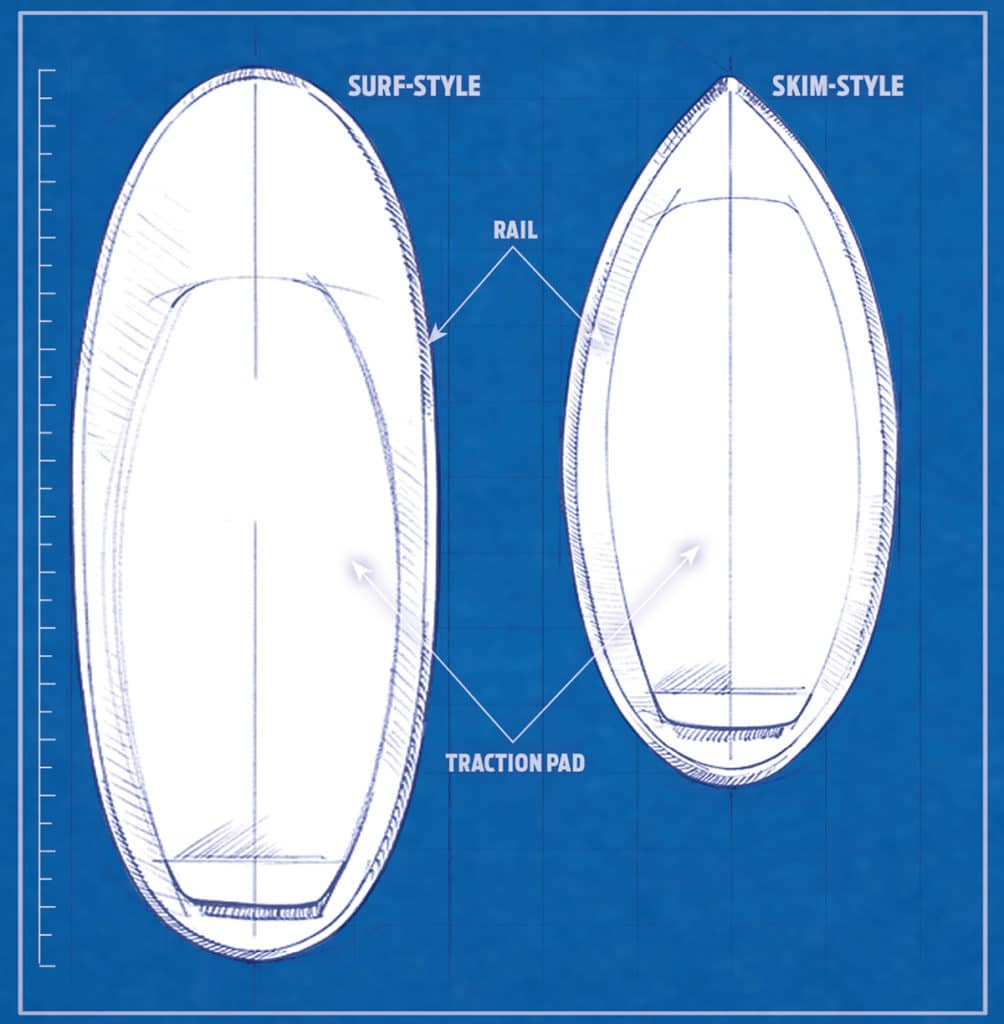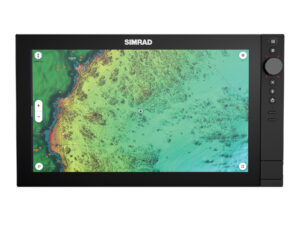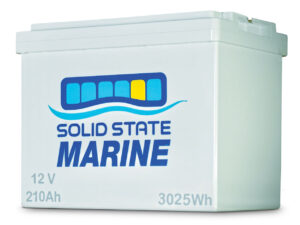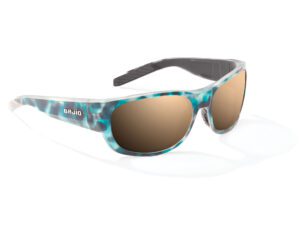
Unlike wakeboarding, where bindings must fit each individual rider, your crew can readily share wakesurf boards, or just plain “wakesurfers.” Yet there are differences you should be aware of before you splurge. We tapped the expertise of our sister publication, Wakeboarding, for some tips so you’ll know what to look for.
Surf-Style
These wakesurfers boast multiple larger surf-style fins and a thicker construction, which makes them more buoyant. The high buoyancy makes surf-style wakesurfers a great choice for larger, heavier riders and some beginners. The larger volume also provides more drive and push on the wave, so they perform well on smaller boat waves, like those produced by runabouts without ballast or wake-shaping technology.
Skim-Style
Skim-style boards are shorter, with a thinner profile and smaller fins. While anyone can ride these, skim-style boards are more suited to advanced surfers looking for a loose, more playful feel — those who like to pop tricks, such as shuv-its and ollies. Smaller, lighter riders also can be well-
suited to skim-style boards; these boards don’t carry as much speed and won’t have surfers riding into the swim platform.
Rocker
As in wakeboarding, rocker is the curve profile of the board, which is a big factor in how fast the board rides. Boards with more exaggerated rocker lines push more water, resulting in a slower ride, but they tend to maneuver easily. Flatter rocker lines have less drag, resulting in a faster ride across the water.
Rails
In surfing terminology, rails are the edges of the board; their shape determines how a board will track and turn on the wave. Sharper rails are more responsive and turn more quickly, while rounded rails have a more relaxed feel and turn more slowly. Most wakesurfers have a combination of sharp and rounded rails placed strategically.
Wakesurf Tricks
Cutback: Bashing the lip of the wave with the board
Ollie: A leap into the air that causes the board to jump with you
Shuv-It: Making the board jump and spin 180 degrees (or more!) under your feet
Stalling: Applying pressure to your rear foot to slow down







